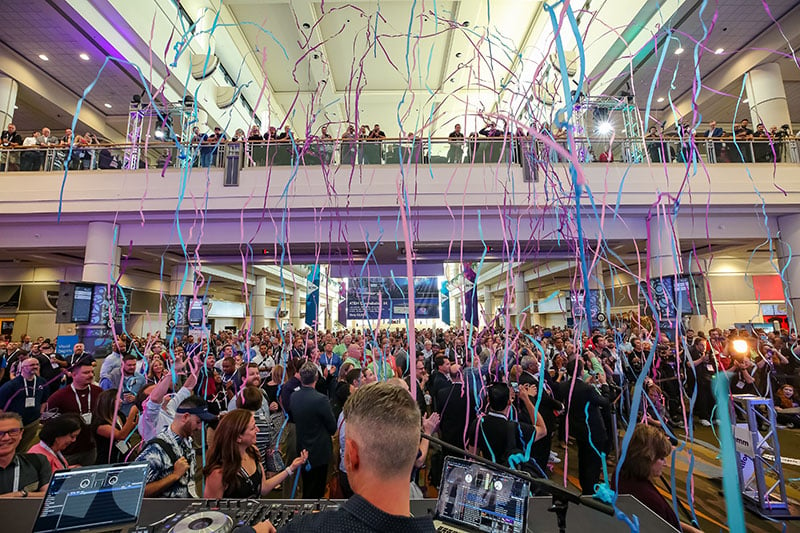Q&A With Michelle Higa Fox, Founder/Executive Creative Director, Slanted Studios

Michelle Higa Fox is an artist and filmmaker who combines code-based visuals with handmade animation. Her work has earned her an Emmy Award for Outstanding Motion Graphics, Art Directors Club Young Guns award, and Best Music Video award at SXSW. She recently served as creative director for the inaugural season of the Peabody Award-winning Netflix original series, Patriot Act with Hasan Minhaj. In 2012, she founded Slanted Studios, a boutique that specializes in exceptional, mixed-media animation for emerging technology and serves clients including Adult Swim, Twitter, Coach, Samsung, and Viacom.
When working with commercial clients, how much input and collaboration do they have with you as an artist?
The most important moment in collaborating with commercial clients is during the discovery phase. Understanding and aligning on the client's needs for a particular space creates a beacon we can refer back to throughout the project. The amount of input varies per project, but the biggest decisions always come at the beginning.
You use handmade animations in your work, how do you balance handmade and computer aided design elements? When do you know which method to use?
I think of handmade elements as raw materials, but the final composition almost always happens in the computer. Whether it's through drawing, painting, sculpting, or photography, rooting imagery in real-world textures gives a level of unexpected noise at a fidelity that I find is hard to replicate if I start on the box. Conversely, playing with lighting, color correction, and framing in the computer allows me to layer materials in a way not possible in the real world.
What new ideas in immersive experiences are you excited about?
I'm excited to see how live augmented reality through technology like Notch, d3 and BlackTrax will affect media and live experiences. I'm also loving augmented reality experiences that are bleeding into everyday use. Facebook’s AR Story Time is a great example of using technology to enhance connections between loved ones who aren't in the same space.
How do AV integrators fit into the experience design process?
Screens are evolving into new form factors that are becoming the skin of everyday life. As these canvases expand, AV integrators are essential to understanding both what possibilities are available and how to execute them.
What does technology not do now that you wish it did?
Presently I'm most bummed about all of the software and hardware that is slowly getting phased out as the base OS systems move beyond supporting them. RIP QT7.
Read Next: Audio Branding Helps to Define the New Virtual Era. The temporary elimination of physical gatherings is accelerating audio’s position as a stand-in for brand experience across audio content services and voice-driven applications.




.jpg?sfvrsn=3d19e700_3)
